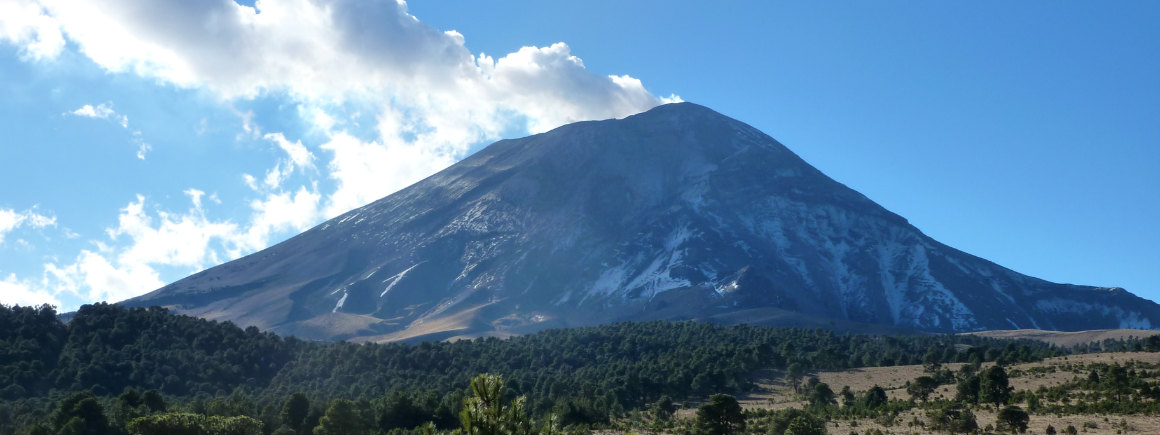Sample of asteroid Bennu arrives at the Natural History Museum
Welcome to the next era of natural history collections.

Exploring the origins and evolution of the solar system to answer fundamental questions about the origins and future of planets.
The petrology, mineral and meteorite collections we house underpin the research of the Planetary Origins and Evolution Theme. This allows us to tell the story of how the solar system formed, developed and continues to change today.
From studying water on Mars and analysing near-Earth asteroids to forecasting volcanic eruptions and understanding deep-Earth processes, our investigations of natural history specimens reveal the past and present of the solar system and ultimately what will secure our future.
Our research spans space and time, from atomic structures and the composition of minerals to rocks, asteroids and planets and broad solar system processes. We examine the igneous and sedimentary history of planets and how surface processes have shaped the landscapes we observe today.
Spanning 4.56 billion years of geological history, our research aims to understand how habitable planets develop and how to mitigate natural hazards, thereby ensuring that our own planet enables both people and nature to thrive.
We also have a particular focus on our home planet, Earth. We examine how it evolved into a habitable world and how we can better protect its future by understanding the underlying causes of climate change and planetary processes, as well as forecasting natural hazards such as volcanic eruptions.
We have three focus areas within the theme:
Earth Sciences: The evolution of Earth and related natural hazards.
Mineral Sciences: How geological processes are underpinned by mineralogical properties.
Planetary Sciences: The formation and evolution of extraterrestrial materials and the geology of planetary surfaces.


Welcome to the next era of natural history collections.

Our researchers are studying Popocatépetl, one of the most active and famous composite volcanoes on Earth.

The next rover to land on Mars could discover signs of a once mighty river ecosystem.